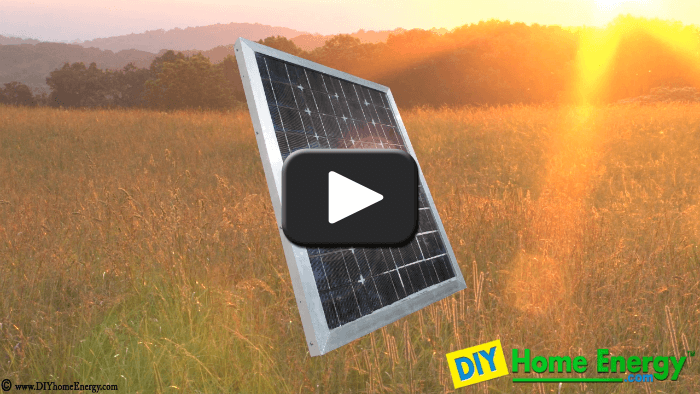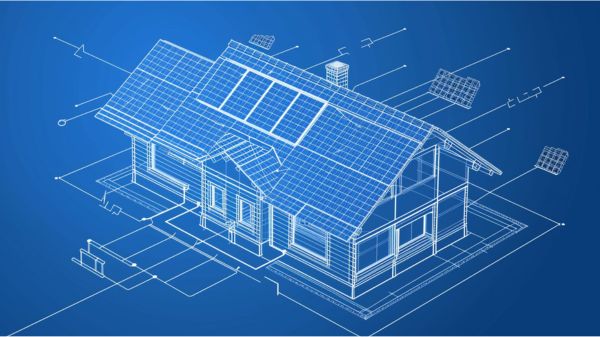Have you ever embarked on a DIY solar power design project, only to find yourself facing unforeseen challenges and setbacks? Well, you’re not alone.
When it comes to designing your own solar power system, there are three key blunders that many people tend to make. These blunders can not only affect the efficiency and effectiveness of your system but also put your safety at risk.
So, before you dive headfirst into your solar power project, it’s crucial to be aware of these common mistakes and learn how to avoid them.
Key Takeaways
- Carefully review and compare the efficiency of different solar panel options to maximize energy production and minimize system failures.
- Properly size your solar system by assessing your energy consumption, available roof space, and budget to avoid installing a system that is too big or too small for your needs.
- Ensure electrical safety by adhering to safety standards, using the correct wire gauge, properly grounding your system, and following proper wiring and connection practices.
- Assess the structural integrity of your roof before installing solar panels and take necessary precautions to prevent damage during installation. Seek professional advice if unsure about the suitability of your roof.
Choosing Inefficient Solar Panels
When choosing solar panels, it’s crucial to carefully review the efficiency of different options to avoid the common blunder of selecting inefficient ones.
DIY solar panels can be a cost-effective way to generate energy and contribute to a more sustainable future. However, mistakes during installation can lead to decreased energy production and potential system failures.
To ensure a successful DIY solar panel installation, it’s important to choose the right size and type of panels for your solar system. Different types of panels have varying levels of efficiency, so it’s essential to research and compare them to determine the best fit for your specific needs.
Choosing the wrong solar panel size can lead to underproduction of energy, while selecting the wrong type of panels can result in preventable overheating issues. Additionally, proper wiring is crucial to avoid common mistakes that may hinder the performance of your solar panel system.
Overlooking Proper System Sizing
Properly assessing your energy consumption, available roof space, and budget is essential to avoid overlooking the proper sizing of your DIY solar panel system. Neglecting this step can lead to a system that is either too big and expensive or too small to meet your daily energy needs.
To help you understand the importance of proper system sizing, let’s take a look at the following table:
| Common Mistakes | Consequences | Solutions |
|---|---|---|
| Installing a system that is too big | Higher upfront costs and longer payback period | Calculate your energy consumption and design a system that meets your needs |
| Installing a system that is too small | Insufficient power generation, relying on the grid for electricity | Assess your energy needs and size the system accordingly |
| Neglecting to size the battery properly | Limited energy storage capacity, frequent reliance on the grid | Determine your daily energy requirements and select a battery that matches those needs |
As you can see, overlooking proper system sizing can have significant consequences. It is crucial to ensure that your solar panel system is designed to meet your energy needs efficiently. Additionally, consider the orientation and tilt angle of the solar panels based on your location’s latitude for maximum energy production.
To ensure a reliable solar panel installation, it is also important to obtain the necessary permits and comply with electrical codes. Finally, don’t forget to assess the structural integrity of your roof to ensure it can support the weight of the solar panels.
By avoiding these common mistakes and properly sizing your DIY solar panel system, you can enjoy the benefits of solar energy while minimizing any potential issues.
Neglecting Electrical Safety Measures
Neglecting electrical safety measures in DIY solar power design can have serious consequences and pose safety hazards during installation. It’s crucial to avoid common solar panel installation mistakes to ensure a successful DIY project and to make your solar panel system safe and reliable.
One of the most important safety standards to adhere to is using the correct wire gauge for your system. Using wires that are too small can lead to overheating and voltage drops, compromising the performance and safety of your solar power system. On the other hand, using wires that are too large can be a waste of resources and add unnecessary weight to the solar panels.
Another crucial safety measure is proper grounding of the system. Neglecting this step can leave your system vulnerable to electrical faults and potential safety hazards.
It’s also important to follow proper wiring and connection practices to avoid mistakes and ensure a safe and reliable wired photovoltaic system.
Consulting with professionals can greatly help in understanding and adhering to electrical safety measures in DIY solar power design, ensuring a successful and safe installation.
Conclusion
When it comes to DIY solar power design, it’s crucial to avoid the blunders of choosing inefficient solar panels, overlooking proper system sizing, and neglecting electrical safety measures.
By conducting thorough research and considering specific needs and requirements, one can ensure the success and effectiveness of their solar power system. Remember, the right panels are the key to harnessing the sun’s energy and maximizing the benefits of solar power.
So, choose wisely and enjoy the power of the sun! If you wan to learn more about DIY solar power system and would like to build one for your own home, I highly recommend you watch the following video below!





